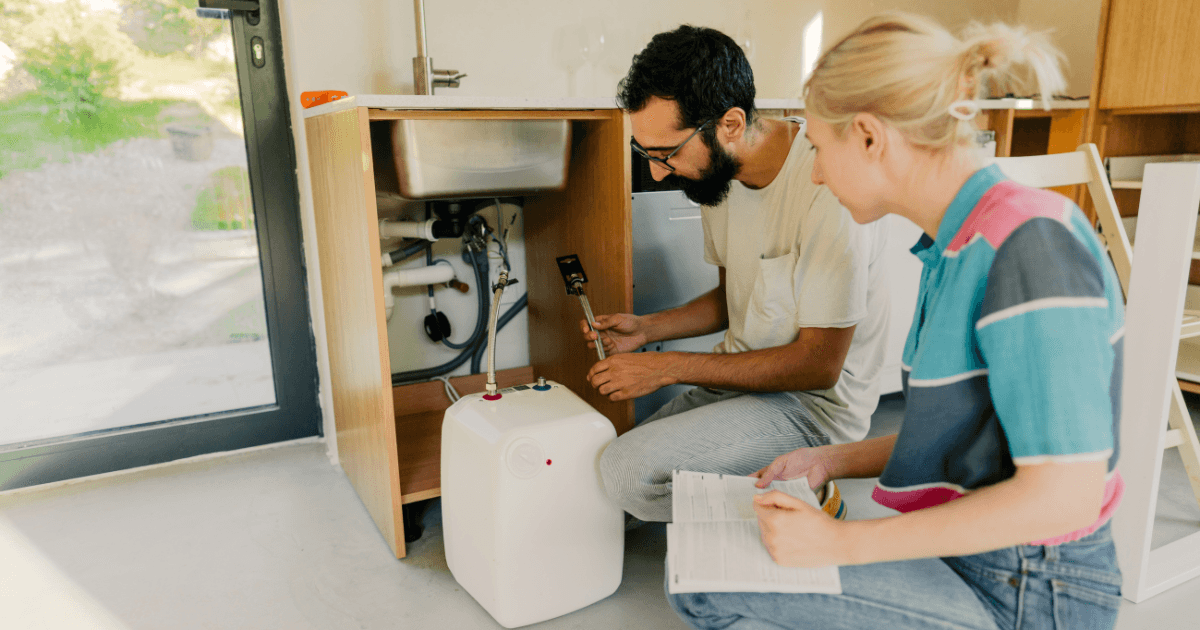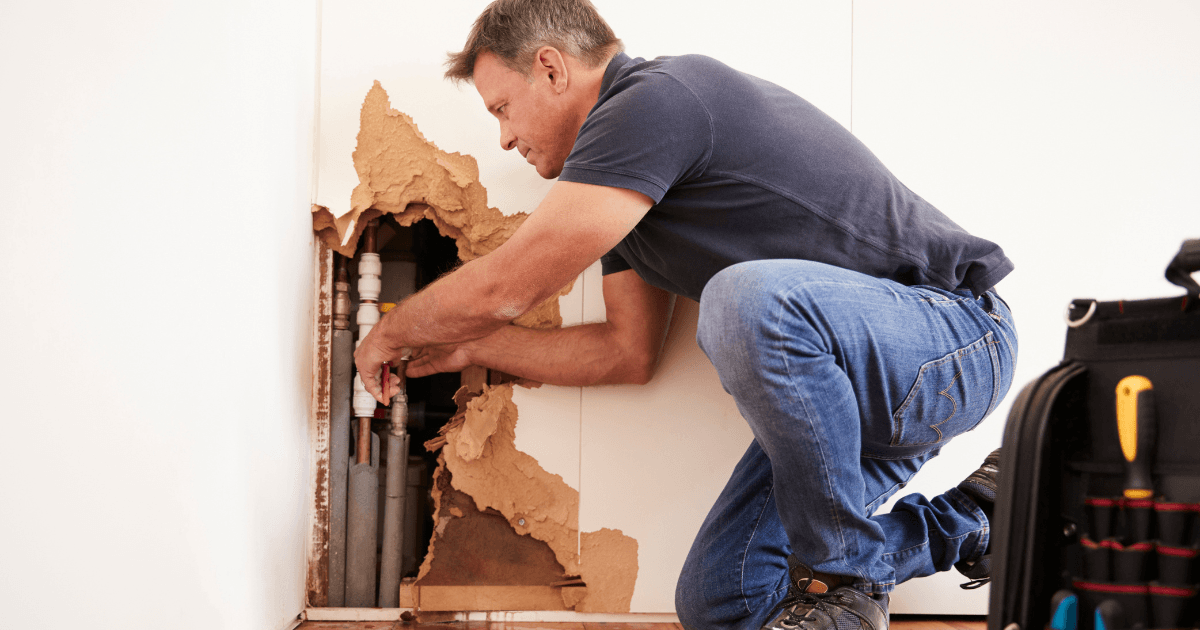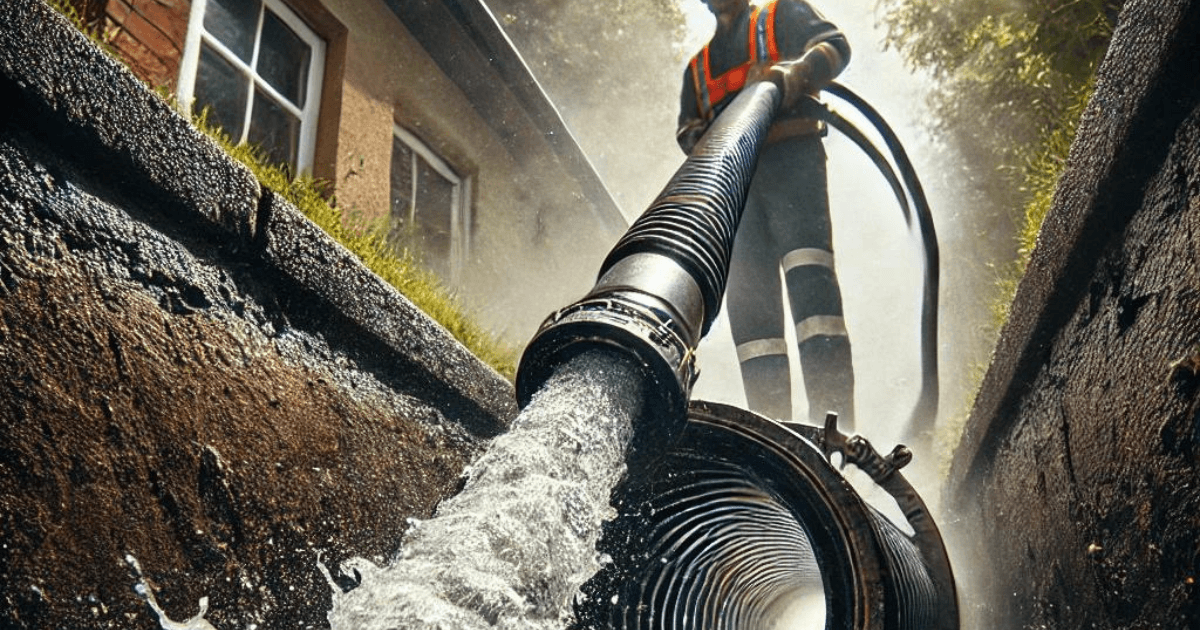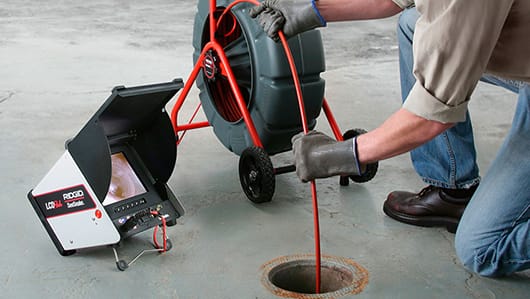Plumbing issues can range from simple inconveniences like a leaky faucet to full-blown emergencies like a burst pipe. With the rise of online tutorials and DIY culture, many homeowners feel empowered to take plumbing repairs into their own hands. However, just because you can tackle some plumbing issues on your own doesn’t mean you should. Using first-principles thinking, we can break down the core fundamentals of plumbing repairs and understand when DIY fixes make sense—and when calling a professional is the smarter, safer choice.
This article will explore both DIY plumbing solutions and when it’s critical to bring in professional expertise. By approaching the subject from its core mechanics and risks, we’ll help you make informed decisions that not only solve immediate problems but also protect the long-term integrity of your home’s plumbing system.
Understanding the Fundamentals of Plumbing Systems
Before diving into DIY fixes, it’s essential to understand the basic principles behind how your plumbing system works. At its core, plumbing relies on two major systems: the supply system, which brings clean water into your home, and the drain-waste-vent system (DWV), which removes wastewater.
- Water Supply System: Under pressure, water moves through pipes into your home, feeding sinks, toilets, showers, and appliances like dishwashers.
- Drainage System: Gravity helps waste and water flow down through your pipes into either your home’s septic system or municipal sewer. The vent system prevents airlocks by allowing air to enter the plumbing system.
When either of these systems experiences a problem—whether it’s a minor leak, a clog, or a broken pipe—it can affect the entire home. Understanding when to DIY and when to call a pro starts with a deep appreciation of these systems’ complexity and potential vulnerabilities.
DIY Plumbing Fixes You Can Handle Safely
Some plumbing issues are simple enough for most homeowners to tackle themselves. These fixes involve low risk, basic tools, and can be completed quickly. First-principles thinking allows us to break down the simplest tasks that anyone can manage without risking further damage.
1. Fixing a Leaky Faucet
Leaky faucets are among the most common plumbing issues and are usually caused by a worn-out washer, O-ring, or valve seat. These components regulate water flow, and over time, they wear down due to pressure, mineral deposits, and general use.
Why It’s DIY-Friendly:
- Low risk: A faucet leak rarely affects your home’s structural integrity, and fixing it typically requires only a few inexpensive parts.
- Simple tools: You’ll need an adjustable wrench, replacement washers, and plumber’s tape.
How to Fix:
- Turn off the water supply to the faucet.
- Disassemble the faucet handle and identify the worn parts.
- Replace the damaged washer or O-ring.
- Reassemble the faucet and turn the water back on to check for leaks.
Preventive Insight:
Constant leaks can lead to wasted water, with even small drips wasting up to 3,000 gallons of water annually. Addressing leaks immediately will save water and reduce utility bills.
2. Unclogging Drains
Clogged drains are typically caused by a buildup of hair, soap scum, food debris, or grease. This issue often manifests in bathroom sinks, kitchen sinks, or bathtubs.
Why It’s DIY-Friendly:
- Simple physics: Using a plunger or drain snake is a safe and effective way to clear most minor blockages.
- Readily available tools: Plungers, drain snakes, and even natural drain cleaners (like baking soda and vinegar) are easily accessible.
How to Fix:
- Use a plunger to dislodge clogs by creating a vacuum over the drain.
- For more stubborn clogs, use a drain snake to break up and remove blockages.
- If necessary, create a natural cleaning solution by pouring a mixture of baking soda and vinegar down the drain, followed by hot water.
Preventive Insight:
Avoid using chemical drain cleaners, which can corrode pipes and exacerbate blockages over time. Regularly clearing your drains with natural methods can extend the life of your pipes.
Plumbing Issues You Should Leave to the Professionals
While it’s tempting to try DIY solutions for all plumbing issues, certain problems are complex and risky. Attempting these repairs without proper expertise can lead to bigger problems, higher costs, and even safety hazards.
1. Sewer Line Blockages
When multiple drains in your home are clogged simultaneously or you hear gurgling sounds in your drains, you likely have a blockage in the main sewer line.
Why You Need a Pro:
- Health risks: Sewer line blockages can lead to wastewater backing up into your home, creating potential health hazards due to exposure to harmful bacteria.
- Specialized equipment: Professionals use tools like sewer cameras to inspect the line and hydro jetting machines to clear deep blockages. These tools are not typically available for DIY fixes.
Risks of DIY:
Attempting to clear a sewer line yourself, especially with DIY tools, can damage the line, causing thousands of dollars in repairs. Professional plumbers are trained to assess whether tree roots, corrosion, or other serious issues are the cause.
2. Water Heater Repairs
Your water heater is one of the most critical components in your home, providing hot water for bathing, cooking, and cleaning. When your water heater malfunctions, it may be tempting to tinker with it, but doing so could lead to serious safety risks.
Why You Need a Pro:
- Gas and electric risks: Water heaters, whether gas or electric, involve working with potentially hazardous materials. Mishandling gas lines can lead to gas leaks or explosions, while electrical work can result in shocks or fires.
- Warranty protection: Many water heater manufacturers require professional servicing to maintain the warranty. A DIY fix could void your warranty, leading to higher repair or replacement costs.
Risks of DIY:
Water heaters also operate under significant pressure. Improperly repairing or replacing components can cause the unit to explode, leading to catastrophic damage and injury.
The Risks of DIY Plumbing
It’s crucial to understand that while DIY plumbing fixes can save you money, they also carry risks. First-principles thinking helps us identify the key reasons why certain issues should not be handled by non-experts:
- Lack of Proper Diagnosis: Many plumbing issues have underlying causes that aren’t immediately apparent. For instance, a leaky pipe might be due to pressure imbalances in your system, which only a professional can diagnose accurately.
- Increased Repair Costs: Simple mistakes, such as overtightening pipes or using incorrect tools, can lead to burst pipes or damage to other systems, costing far more than the initial repair.
- Legal and Code Compliance: Certain plumbing tasks require permits and must adhere to building codes. If you perform work that doesn’t meet local regulations, you could face fines or have trouble selling your home in the future.
When to Call a Pro: Key Signs
Even if you prefer handling minor plumbing repairs yourself, some signs indicate it’s time to bring in a professional:
1. Unexplained Water Bill Increases
If your water bill spikes unexpectedly without a change in usage, you may have an undetected leak. A plumber can use specialized equipment to locate and fix leaks hidden behind walls or underground.
2. Frequent or Recurring Clogs
If you find yourself constantly unclogging the same drain, the issue may be deeper in the plumbing system. Recurring clogs could indicate a larger problem in the main line that requires professional attention.
3. Low Water Pressure
A sudden drop in water pressure throughout your home often signals a serious problem, such as a blockage in the main water line or pipe corrosion. Both issues need expert intervention.
The Long-Term Value of Professional Plumbing Services
While DIY fixes can save you money in the short term, knowing when to call a professional can protect your home’s value over time. Properly maintained plumbing systems can extend the life of your pipes, reduce water waste, and help avoid costly emergency repairs. Furthermore, professional plumbers can offer preventive maintenance services, identifying problems before they escalate.
In some cases, attempting to save money by doing it yourself could lead to a more significant issue, costing you far more than if you’d called a plumber initially. First-principles thinking allows us to recognize that plumbing is a system of interconnected parts, where small missteps can have large consequences down the line.
Conclusion: Balancing DIY and Professional Help
By applying first-principles thinking to your plumbing repairs, you can understand when a DIY fix is appropriate and when it’s better to call a professional. Minor issues like a leaky faucet or a clogged drain are within reach for most homeowners, but more complex problems like sewer line blockages or water heater repairs require professional intervention. Knowing your limits and respecting the complexities of your plumbing system will save you time, money, and stress in the long run.
Embrace the value of preventive maintenance, and don’t hesitate to consult with an expert when in doubt. By doing so, you’ll ensure your home remains in top condition, free of unnecessary risks or costly mistakes.





